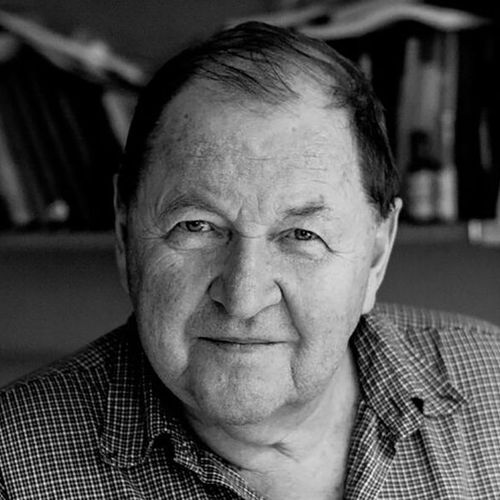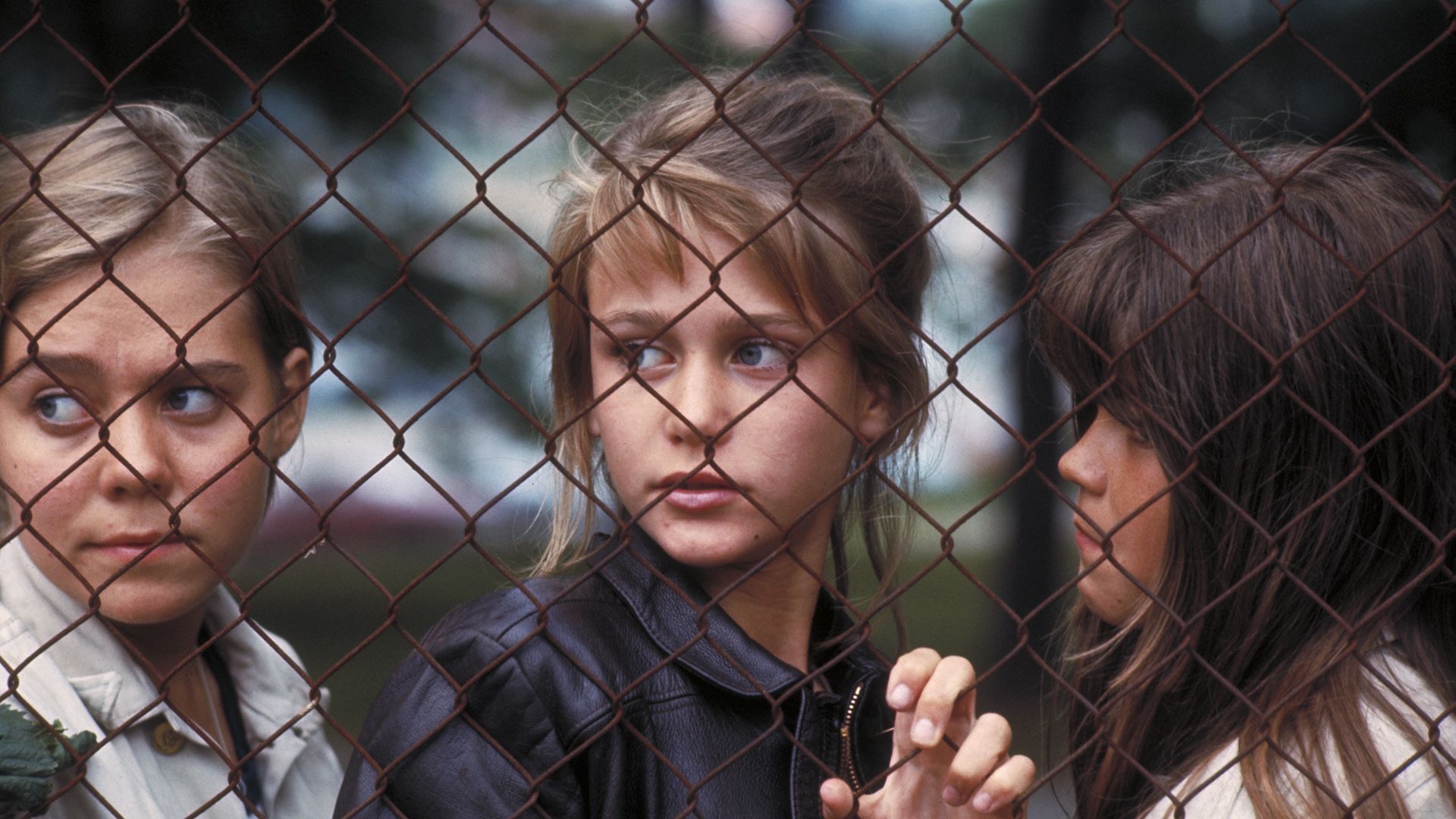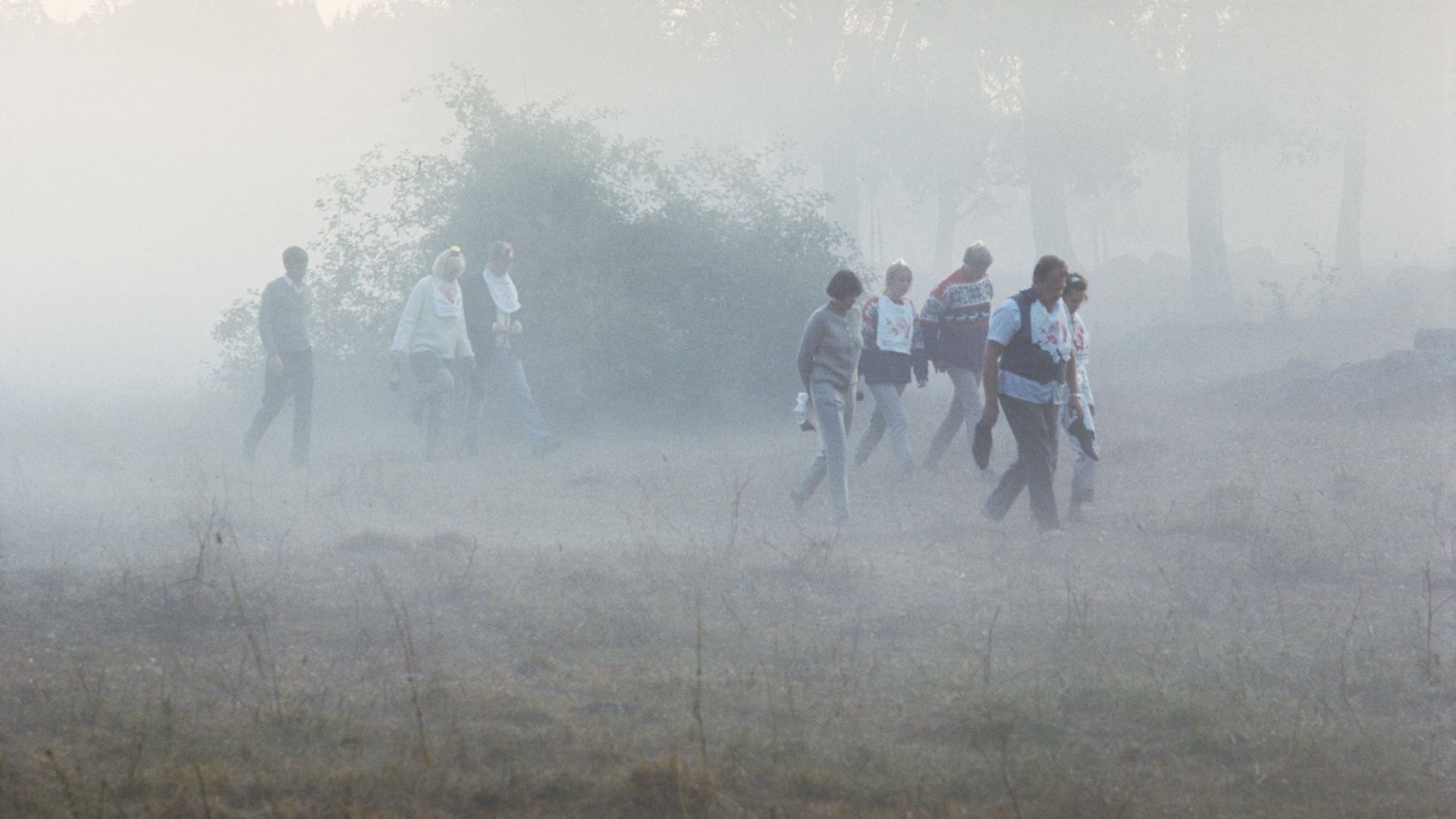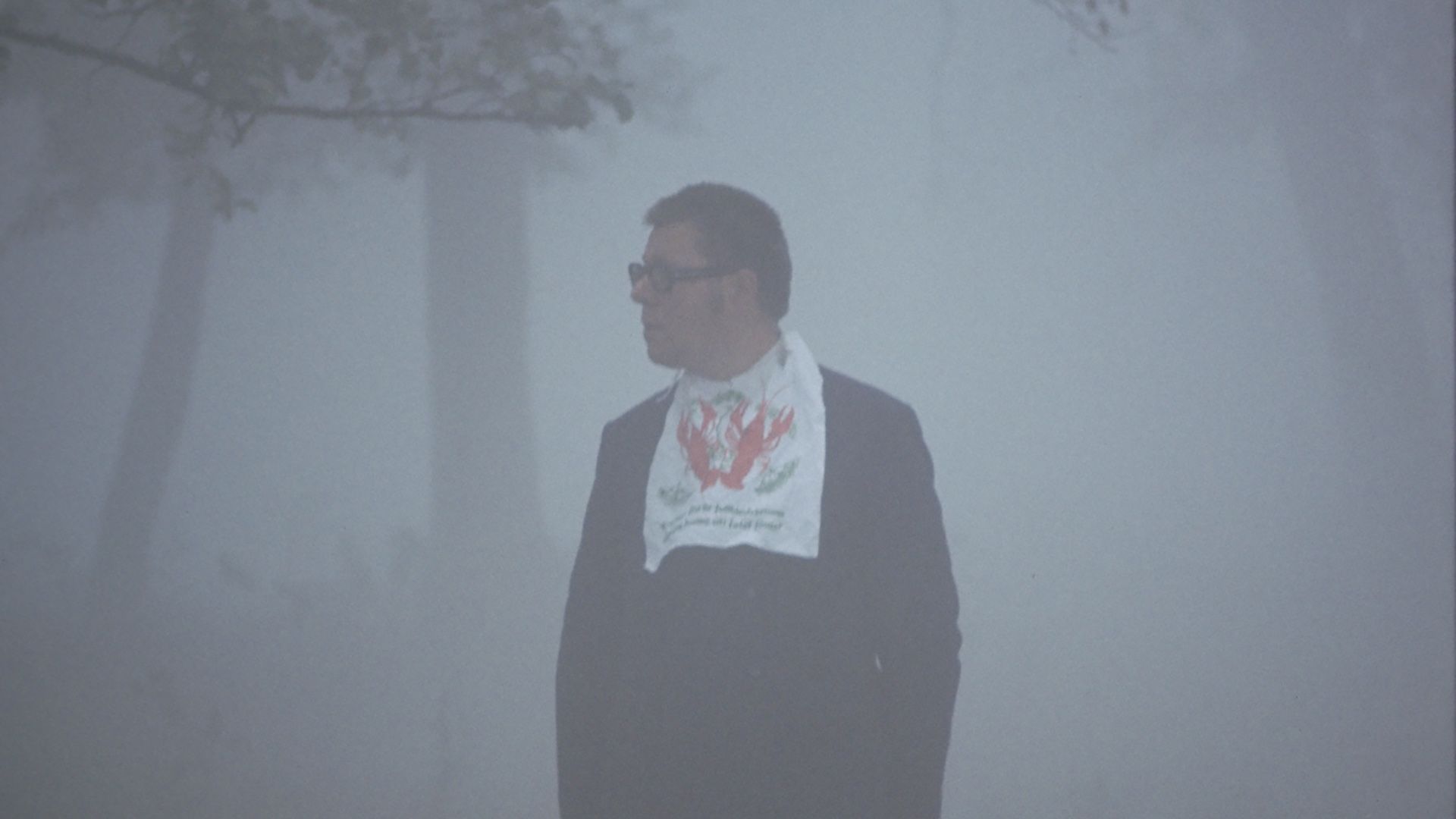Rootsi armastuslugu
Hard to believe, but true - Roy Andersson’s first film was a romance!
The Swedish director, known for his grotesque tragicomedies, his poetic reflections on the glory and misery of existence and on human vulnerability, was 26 when he made his debut with one of the most beautiful films ever made about the first teenage love.
13-year-old Annika and 15-year-old Pår meet by chance – what follows is a fiery summer where the youngsters only have eyes for each other. Their parents don’t take their children’s love seriously – they are too preoccupied with their own shattered illusions, hidden anxieties, and self-pity.
The film, critical of Sweden’s welfare society in the late 1960s, became hugely popular. Ruben Östlund, director of “Force Majeure”, “Triangle of Sadness” and “The Square”, still calls it one of his favourite films.
Tiit Tuumalu

Roy Andersson (1943) debuted in 1969 with his film “A Swedish Love Story”, for which he received the Golden Bear at the Berlin IFF. His following film “Giliap” (1975) was shown in the Directors’ Fortnight section at Cannes but failed to match the success of his first work. Andersson then entered the world of advertising and became one of the most successful and most awarded directors. In 1981, he founded his own production company, Studio 24, where he also produced his comeback feature, “Songs from the Second Floor” (2000), for which he took the Jury Prize at Cannes. The film was shown at PÖFF in 2000. Andersson’s fifth full-length film “A Pigeon sat on a branch reflecting on existence” (2014) won the Best Film award at Venice Film Festival and was also screened at PÖFF.
En kärlekshistoria (A Swedish Love Story, 1969), Giliap (1975), Sangen fran andra vaningen (Laulud teiselt korruselt, PÖFF 2000), Du levande (Teie, kes te elate, PÖFF 2007), En duva satt på en gren och funderade på tillvaron (Tuvi istus oksal ja mõtiskles eksistentsi üle, PÖFF 2014), Om det oändliga (Lõputusest, 2019)





